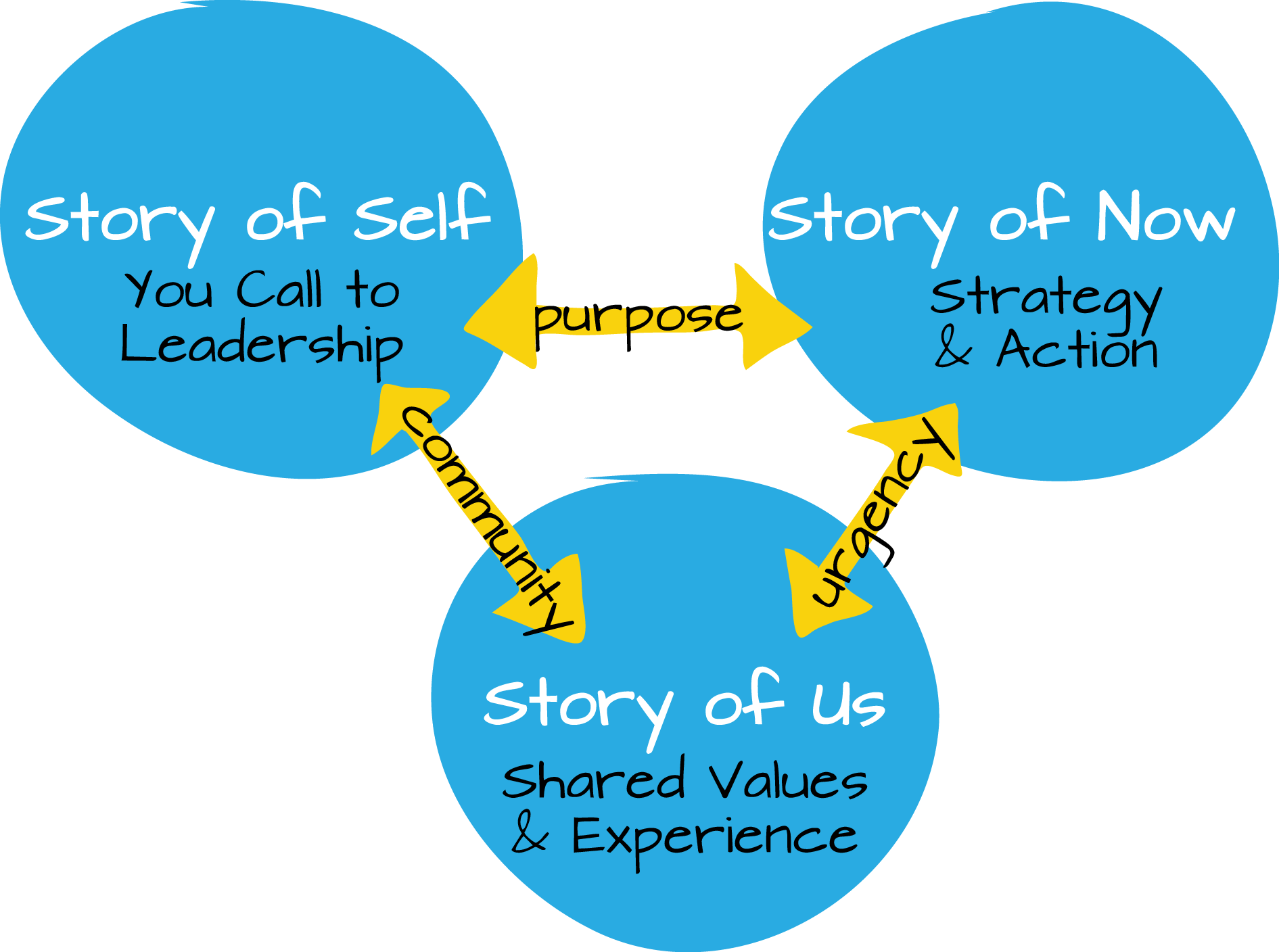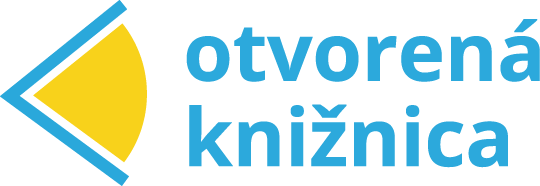Public Speaking
Between Campaigning, Fundraising and Public Speaking
Why do we address the topic of public speaking when working with the community?
„I have a dream …“ is one of the most famous public speeches in the world.The speecht was performed by Martin Luther King Jr. in Washington DC on 28th of August 1963. What is less well known about this speech in our context is that it is essentially a product of community organizing.
Martin Luther King Jr. became pastor of a Baptist church in Montgomery, Alabama in 1954. Thus he was more or less used to speaking in public – preaching. King became the face and spokesman of the emancipation movement because of many aspects. One of them was Bayard Rustin, who strongly supported King on his way to the microphones. Rustin showed King the nonviolence, and was an important advisor to King. Rustin was a community organizer.
As an organizer, you represent many roles. Confessor, leader, coordinator, facilitator, mentor, coach, counselor, trainer, motivator, … friend. It takes power to bring about systemic change in a community. Shared community power means power in the public space – filling the public space. Such visibility tends to be key:
- to motivate people to get involved
- and to balance the ‚scales‘ in an unequal system.
To bring about change, it is sometimes necessary to be seen and, more importantly, heard.
Story of Self. Us. Now.
One of a leader’s most powerful tools in public speaking is a story – storytelling. Marshal Ganz, a lecturer at Harvard University, teaches a course Public Narrative. It is a narrative – story structure built on three components:
- Story of Self
- Story of Us
- Story of Now
„Stories not only teach us how to act – they inspire us to act. Stories communicate our values through the language of the heart, our emotions. And it is what we feel – our hopes, our cares, our obligations – not simply what we know that can inspire us with the courage to act. “ Marshal Ganz, 2007
The basic parts of the structure can be defined as:
Story of Self – Origin Story
-
- Where and by whom did it all begin?
- The story describes the leader’s motivation – why they cares
- Describes where the leader got their values
Story of Us – Change
-
- Shared experiences – not just me, but we‚ve experienced it too
- The story describes that the community cares too
- Describes the people and the moments when they began to care together
Story of Now – A call to action
-
- We are facing an important challenge
- and we offer an opportunity to act on our values

For a more comprehensive theoretical description of the Self-Us-Now structure and an exercise for developing this technique, see the free section of the Harvard Library at this link.
Conducted by Juraj Víg & Alex Michelčík
